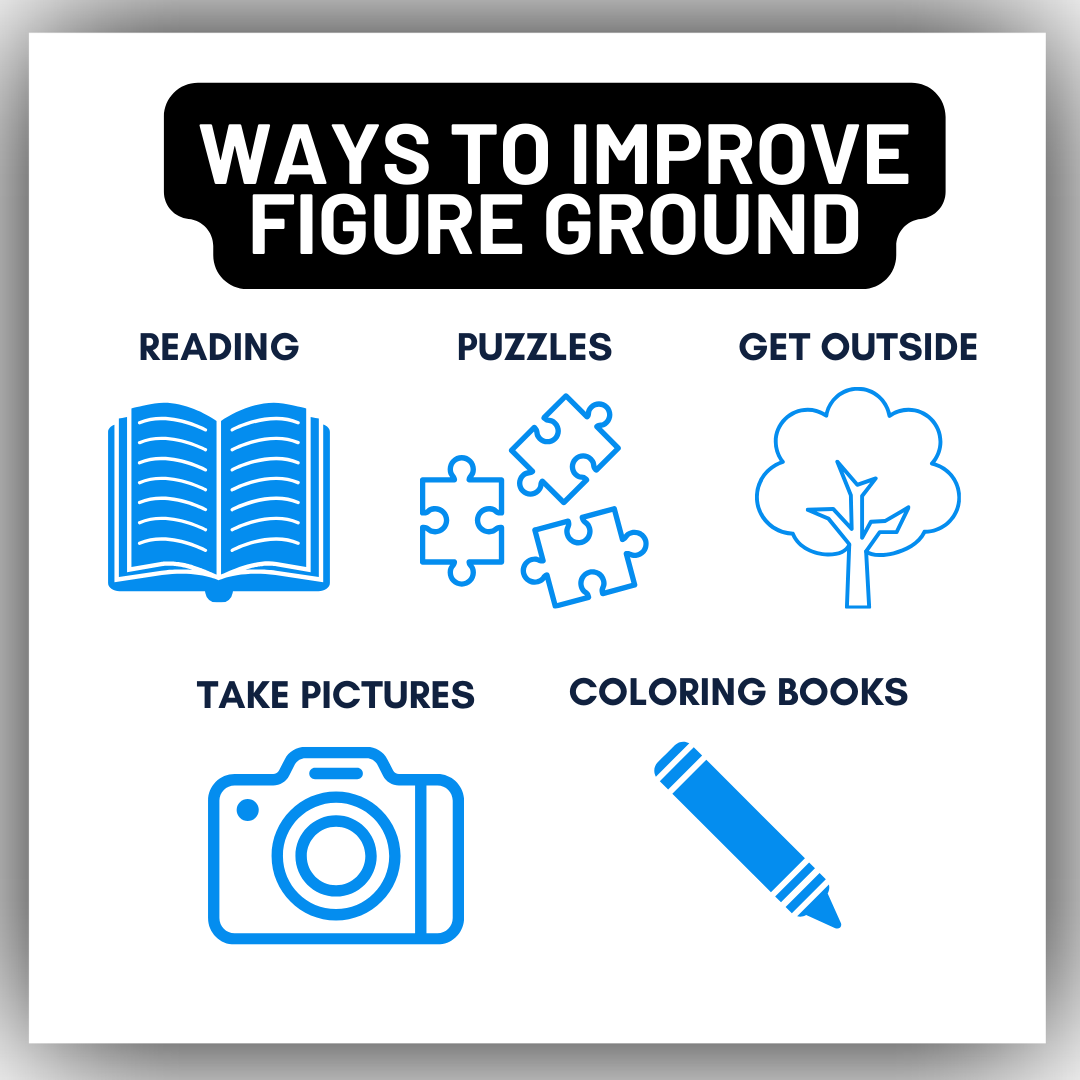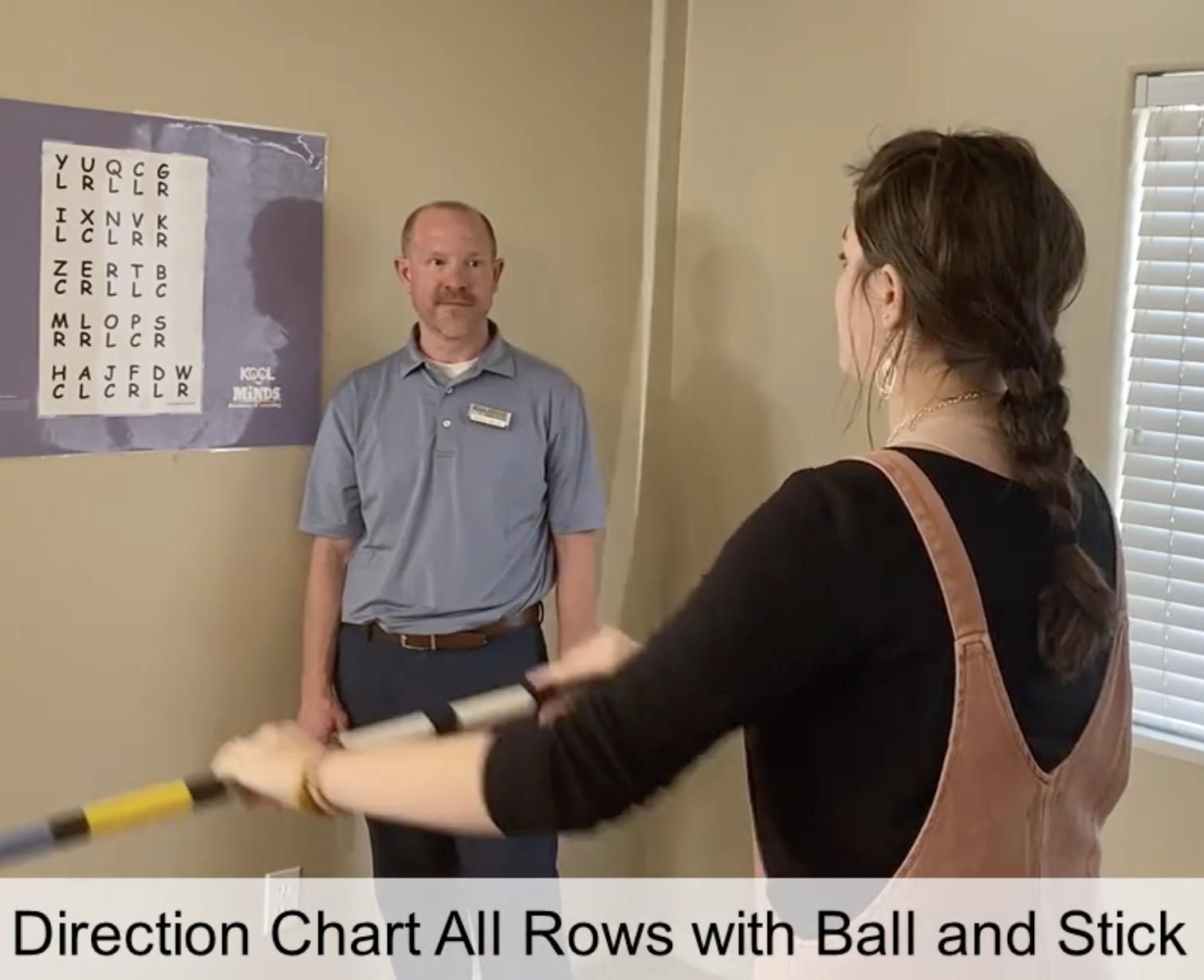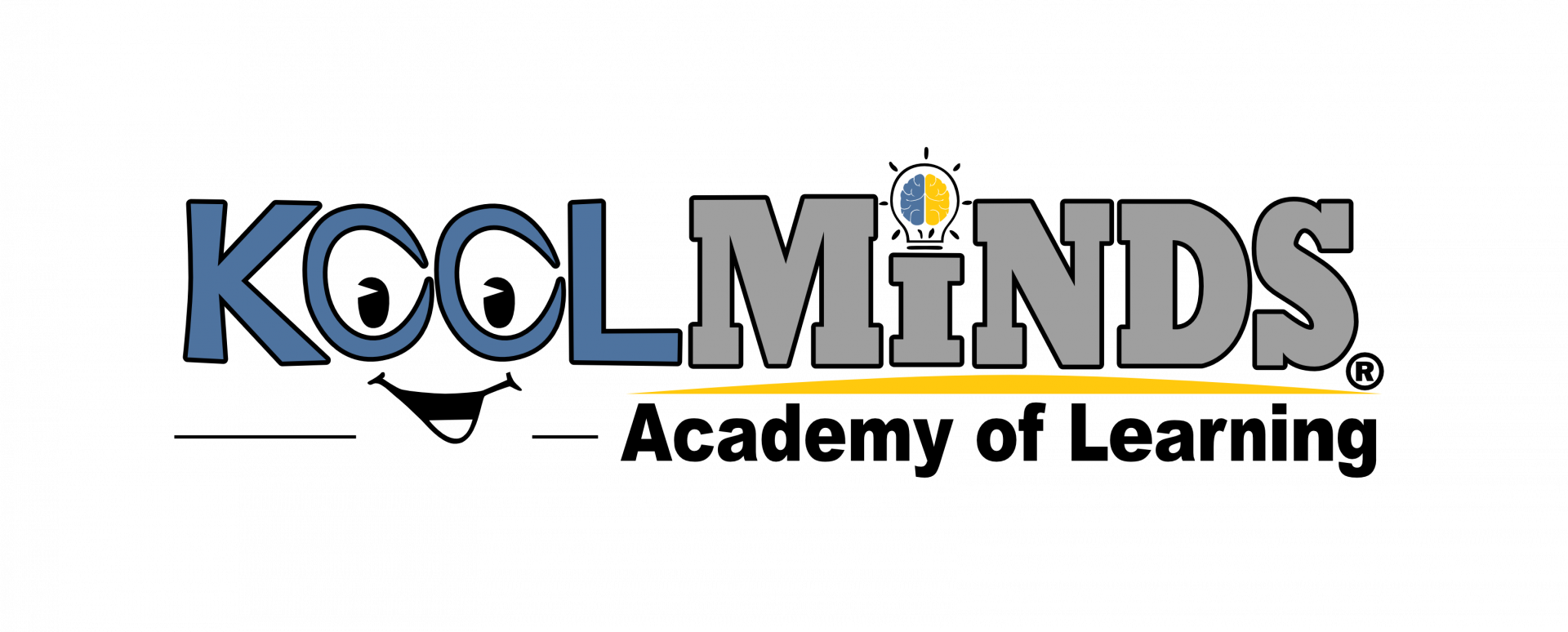The Psychology of it All
Examples of Poor Figure Ground Perception

There are plenty of ways to practice Figure Ground perception! Here are just a few ideas to incorporate this crazy concept into your everyday life.
Reading - When reading, challenge yourself or your kids to pick out certain words. "Can you find all the times Dr. Seuss uses the word 'not' in Green Eggs and Ham?" (Hint: it's A LOT)
Coloring - Challenge your kids to color one or the other (figure or ground (background)). Use coloring books, drawing on a blank page, or even comic books can be useful here.
Get Outdoors - There are limitless ways to work on F/G outside - an animal in the woods, a nut on a branch, a building a city, a bird in the sky, the list goes on and on!
Puzzles - Word searches or finding the hidden shapes are great ways to practice figure ground. For a more subjective and creative approach try one of our family's favorite road trip games of finding shapes in the clouds. Bonus points for this one because it exercises conceptualization as well!

Along with those ideas, our Cognitive Program uses specific exercises to build Figure Ground with our students who struggle with ADHD. Having them do a certain task like a memory chart, and then throwing in distractions is a useful tactic to help them remember to focus on what they're doing while ignoring distractions.
Click below to learn more about our Cognitive Program and how we work on Focus Ground and other cognitive skills for learning.
Click below to learn more about our Cognitive Program and how we work on Focus Ground and other cognitive skills for learning.
Don't forget to download our free Thanksgiving activity sheets to practice your skills!



